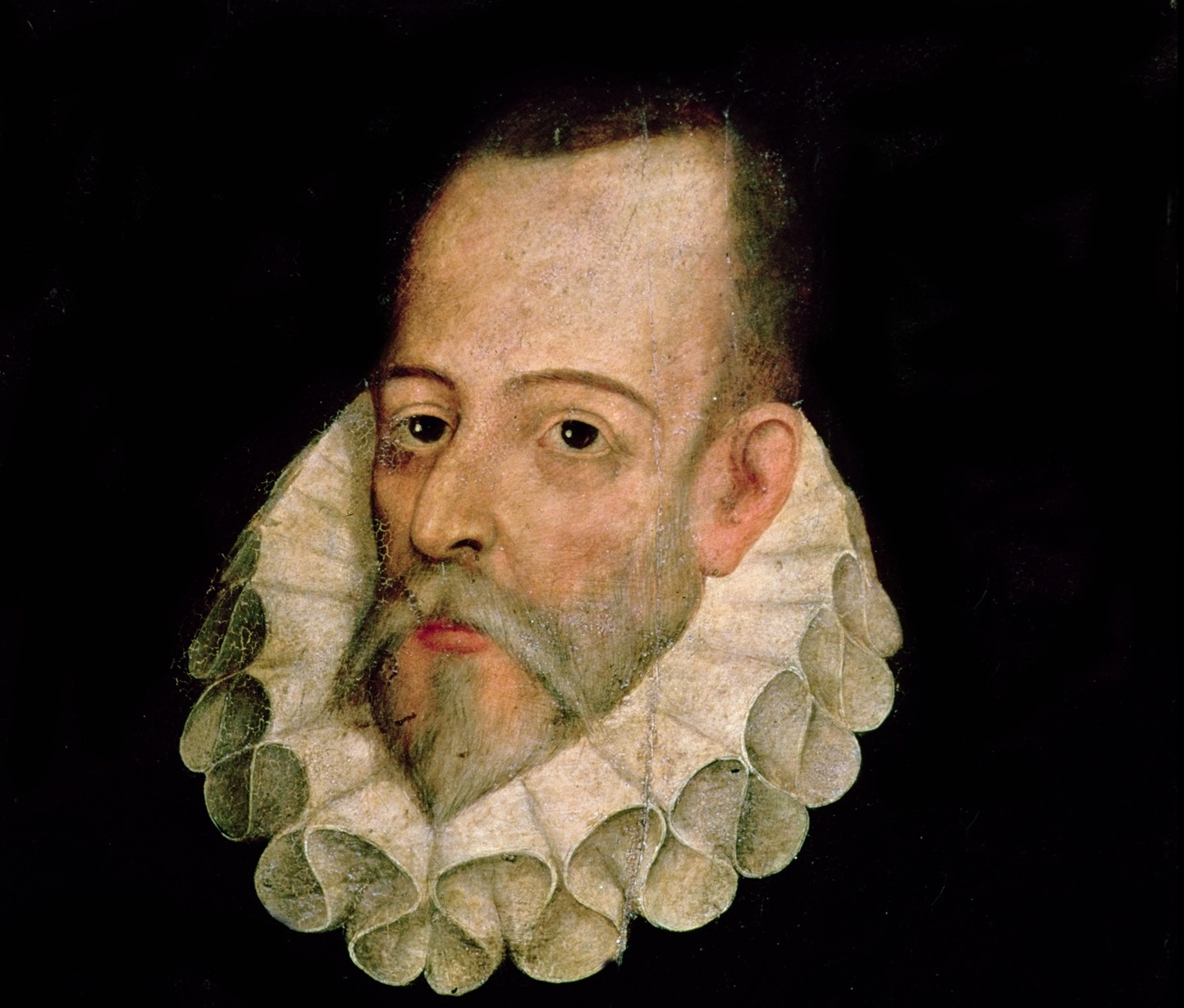
By Alexis Peña Hernández/ Journalism Student
He lived in a time of change, of political, social and cultural upheavals. Miguel de Cervantes Saavedra, known worldwide as the author of the famous novel Don Quixote de la Mancha, was published on September 29, 1547 in Alcalá de Henares, Spain.
Cervantes' life was marked by numerous vicissitudes and adventures that undoubtedly influenced his literary work. Throughout his career he was a soldier, tax collector, prisoner of war and was even imprisoned on several occasions, experiences that were reflected in the complexity and depth of his characters, as well as in the social and political criticism of his writings.
After his participation in the war against the Ottomans, Cervantes was captured by Barbary pirates and spent several years as a prisoner in Algiers. This experience marked him deeply and is reflected in some of his works, such as The Algiers Deal, where he addresses the issue of slavery and freedom.
After being released, he returned to Spain and dedicated himself to writing and seeking economic stability, which had always eluded him. Despite the difficulties and setbacks he faced throughout his life, Cervantes never stopped writing and pursuing his passion for literature.
His most famous work, Don Quixote of La Mancha, was first published in 1605 and quickly became an unprecedented literary and cultural success. The novel tells the adventures of a dreamy knight who fights against windmills and other imaginary enemies, exploring themes such as madness, reality and fantasy.
Don Quixote is much more than a simple satire of the chivalric books popular at the time. Through the misadventures of the ingenious gentleman, Cervantes reflects on universal themes such as reality and fantasy, madness and sanity, love and justice. His unique style, full of humor, irony and depth, has captivated entire generations of readers around the world.
Although Cervantes did not enjoy recognition or fortune during his lifetime, his legacy endures to this day as one of the fundamental pillars of Spanish literature. His genius and his ability to portray the human condition with mastery have led him to be considered the father of the modern novel.
Miguel de Cervantes Saavedra died on April 22, 1616 in Madrid, leaving behind an immortal legacy that serves as an inspiration to writers, artists and literature lovers around the world.
To pay tribute to this quintessential exponent of Spanish, in 2010 the United Nations (UN) established Language Days at the United Nations to celebrate cultural diversity and multilingualism, and April 23 was chosen as the Day of the Spanish Language.
The election takes place on the anniversary of the death of this great genius of Hispanic letters and aims to raise awareness among UN personnel, and the world in general, about the history, culture and use of Spanish as an official language. Coincidentally, the date of his death coincides, although in the old Julian calendar, with that of the most prestigious English playwright, William Shakespeare. Hence, both languages ??share the celebration on the same day.
Nelson Mandela stated that “if you speak to a man in a language he understands, the message reaches his head. If you speak to him in his language, it reaches his heart.” This premise has been present in the United Nations since its founding, especially taking into account its spirit of peace, reconciliation and understanding after a period of war.
This celebration gives the opportunity to celebrate the richness and diversity of this language, as well as to reflect on its importance in an increasingly interconnected world. It is a reminder that language is a fundamental vehicle for communication and understanding between people, and that we must value and preserve our mother tongue as part of our cultural identity. (Photo: Wikimedia Commons)